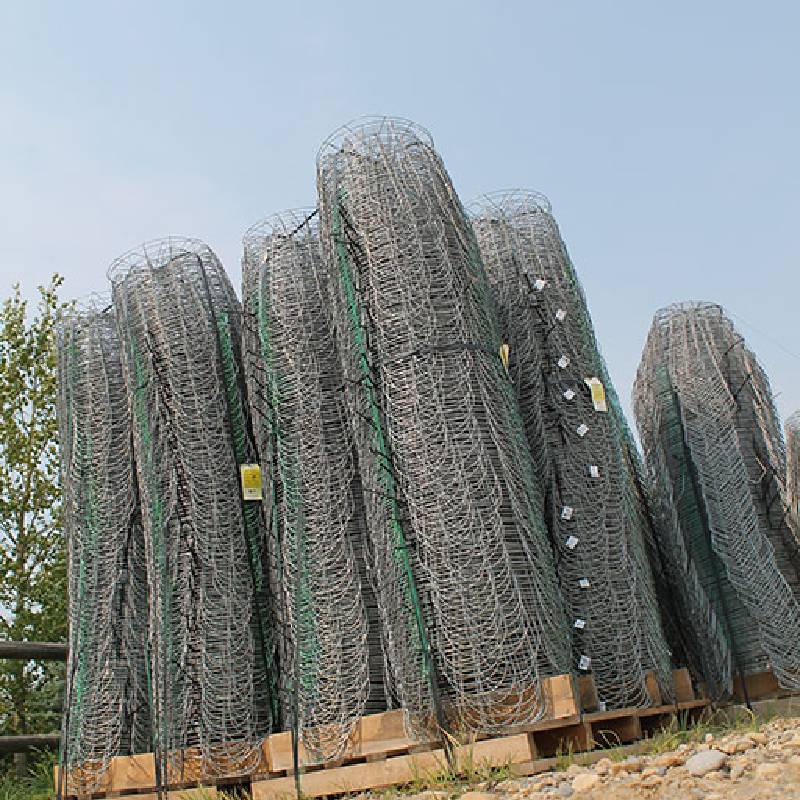
- Mobile Phone
- +8613931874955
- sales@cntcmetal.com
Optimal Spacing for Brick Wall Ties in Construction Projects
Brick Wall Ties Spacing An Essential Guide
When it comes to constructing a brick wall, the importance of proper spacing for wall ties cannot be overstated. Wall ties play a crucial role in ensuring the stability and integrity of a brick wall, particularly when it is built as part of a cavity wall system. Understanding the correct spacing and installation of these ties is essential for builders and contractors to ensure durability and longevity in their construction projects.
Understanding Wall Ties
Wall ties are metal components that are used to connect two walls, typically in a cavity wall system, which consists of an outer layer of bricks and an inner layer of masonry. The primary function of wall ties is to provide structural support by holding the two layers together while allowing for some movement and thermal expansion. This is essential in preventing issues such as cracking or separation between the two walls.
The Importance of Proper Spacing
The spacing of wall ties is vital for several reasons. First and foremost, it ensures that the wall can handle lateral forces, such as wind loads, which can create stress on the structure. Properly spaced ties distribute these forces evenly across the wall, reducing the risk of structural failure.
Moreover, proper tie spacing also allows for adequate ventilation within the cavity. This is crucial to prevent moisture buildup, which can lead to mold, mildew, and the deterioration of materials over time. By adhering to recommended spacing guidelines, builders can significantly enhance the performance and lifespan of the wall.
Recommended Spacing Guidelines
While specific requirements for wall tie spacing may vary depending on local building codes and regulations, there are general guidelines that are widely accepted in the construction industry. Typically, wall ties should be installed at a vertical spacing of no more than 600mm (approximately 24 inches) apart. Horizontal spacing is also critical and should generally not exceed 900mm (approximately 36 inches).
In addition to these basic guidelines, it is important to consider various factors that may influence spacing, including the height of the wall, the type of materials used, and the geographical location of the building. For example, taller walls may require additional tie placements to manage increased wind loads effectively.
Types of Wall Ties
There are various types of wall ties available on the market, each designed for specific applications. Some common types include
brick wall ties spacing

1. Masonry Wall Ties These are typically made of stainless steel or galvanized steel and are designed to connect brick or stone outer walls to inner masonry walls.
3. Restraint Ties These ties are used to connect a wall to a structural element, such as a floor or a roof, providing additional support and stability.
Each type comes with its own set of installation requirements and spacing guidelines, so it is essential to choose the appropriate tie for the specific application.
Installation Tips
Proper installation of wall ties is just as critical as the correct spacing. Here are some tips to ensure an effective installation
1. Follow Manufacturer Instructions Always adhere to the guidelines provided by the manufacturer regarding both spacing and installation techniques.
2. Use Galvanized or Stainless Steel Ties These materials resist corrosion, enhancing the lifespan of the ties and the overall structure.
3. Check for Alignment Ensure that each tie is plumb and aligned correctly to facilitate proper load distribution.
4. Include Weep Holes When constructing cavity walls, including weep holes will allow any trapped moisture to escape, further enhancing the wall's integrity.
Conclusion
In conclusion, the proper spacing of brick wall ties is a critical component of any brick wall's construction. By following industry standards and guidelines, builders can ensure that their structures remain stable, durable, and resilient against environmental factors. Whether you are a seasoned contractor or a DIY enthusiast, understanding the role of wall ties and their correct spacing can save you from costly repairs and structural issues in the future. Always prioritize quality and adherence to best practices to achieve the best results in your construction projects.
share:
-
Your Source for Concrete Wall Ties and Masonry AccessoriesNewsJul.10,2025
-
Unlocking the Power of Iron Wire for Every ProjectNewsJul.10,2025
-
Explore Advanced Chain Wire and Stainless Steel Mesh FencingNewsJul.10,2025
-
Discover the Benefits of Annealed Wire ProductsNewsJul.10,2025
-
Discover China Stainless Steel Wire Mesh SolutionsNewsJul.10,2025
-
Build with Confidence Using High-Performance Masonry AccessoriesNewsJul.10,2025
-
Why Sacrificial Formwork Is Redefining Underground ConstructionNewsJun.06,2025



















